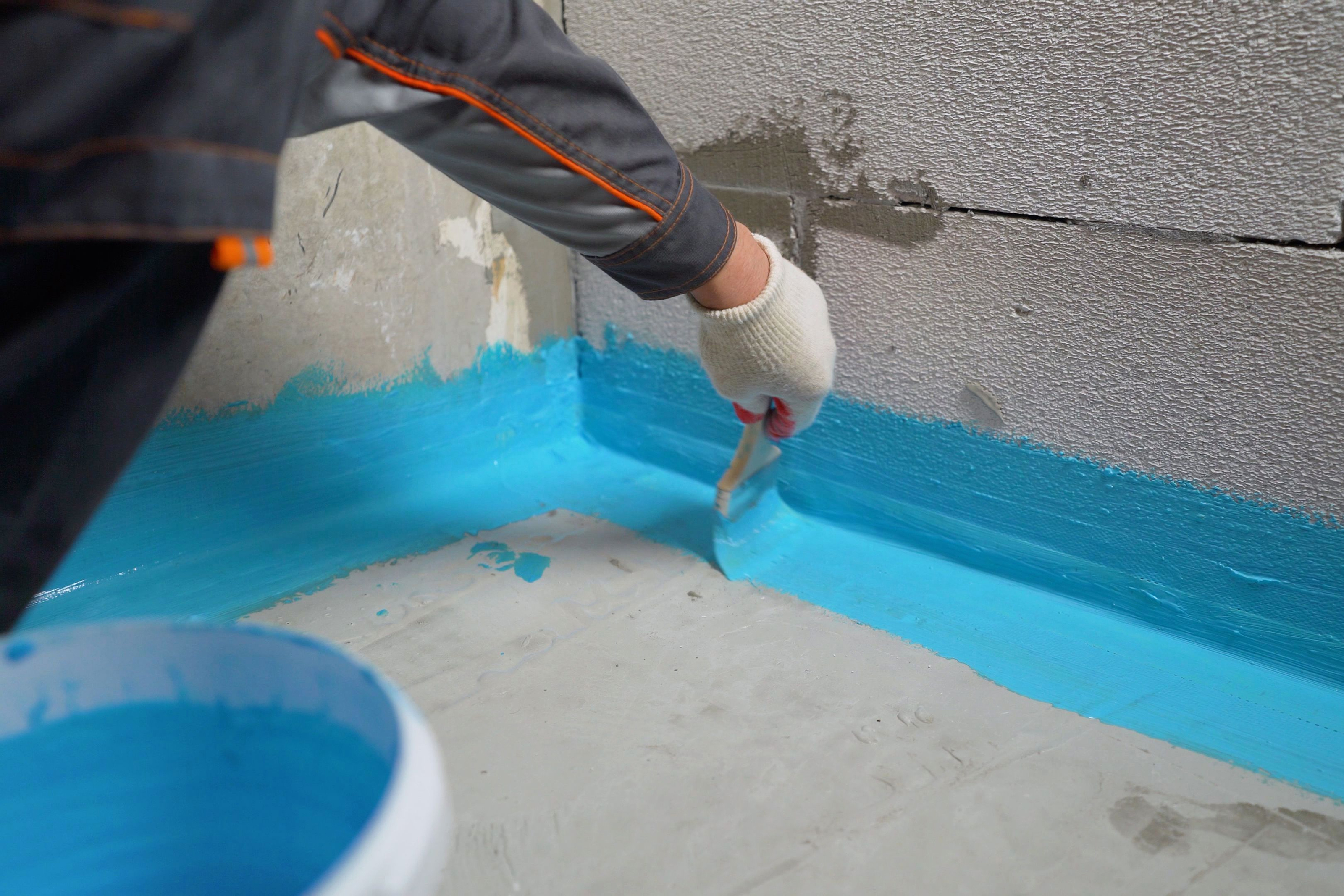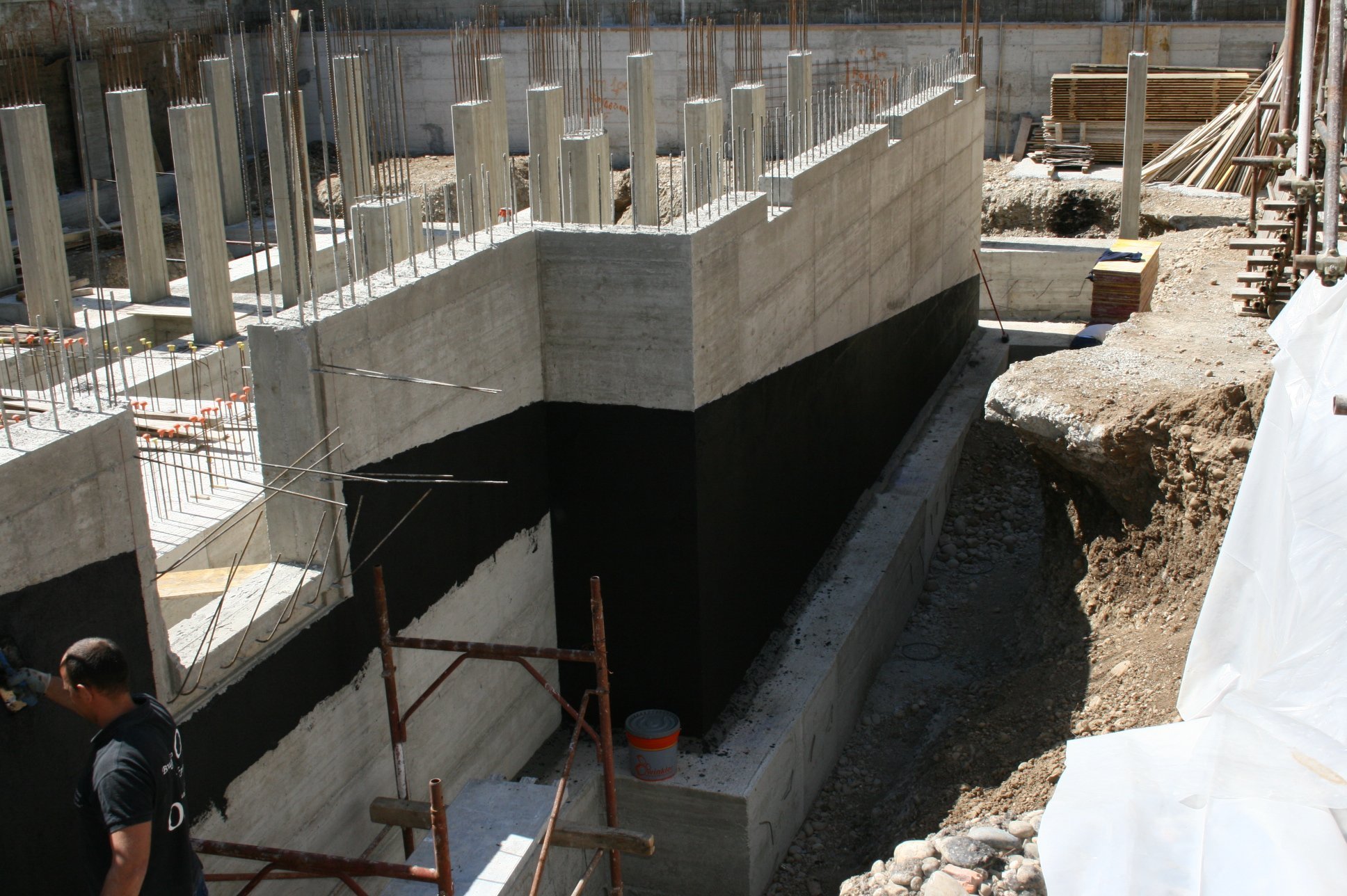When to Consider Sump pump installation & replacement Omaha: What Experts Say
Wiki Article
How Waterproofing Works: A Comprehensive Consider Methods and Technologies
Waterproofing is necessary for shielding frameworks from moisture-related damage. It includes various strategies and innovations that create barriers versus water breach. Standard methods, such as compressed clay, coexist with modern-day technologies like liquid-applied membranes. Comprehending the nuances of these approaches is vital for efficient application. Nonetheless, the efficiency of any type of waterproofing option pivots not only on the strategies used but additionally on continuous upkeep and assessment. What are the vital elements that affect long-lasting efficiency?Recognizing the Fundamentals of Waterproofing
Waterproofing is an essential procedure that protects frameworks from water breach, which can result in considerable damage over time. This method entails the application of numerous materials and techniques created to develop an obstacle versus moisture. The main objective is to stop water from penetrating surface areas, which can cause damage, mold and mildew development, and structural instability.Various aspects influence the option of waterproofing method, including the type of structure, its area, and environmental conditions. Recognizing the physics of water motion and the residential properties of various materials is vital in selecting a reliable waterproofing solution.Effective waterproofing not only safeguards buildings however likewise enhances their longevity and integrity. Typically, it is integrated into the design stage of construction to assure thorough defense. As recognition of water-related concerns expands, the value of comprehending waterproofing fundamentals becomes progressively clear to engineers, contractors, and homeowner alike.Traditional Waterproofing Techniques
Conventional waterproofing approaches have actually been used for centuries, depending on reliable strategies and products to guard structures from water damage. Among the oldest approaches involves using clay, which, when compressed, creates an all-natural barrier versus moisture. Furthermore, bitumen, a sticky, black material stemmed from petroleum, has been used for its water-resistant residential properties, commonly used to roofing systems and foundations.Another technique entails the application of lime-based plasters, which provide a breathable layer that permits dampness to get away while stopping water access. Thatch roof covering, a typical approach still seen in some cultures, offers outstanding waterproofing due to its firmly packed straw layers.Moreover, making use of rock and block has projected, as these materials are naturally immune to water when appropriately installed. Generally, typical waterproofing techniques stress the significance of selecting proper materials and building methods to boost longevity against water invasion.Modern Waterproofing Technologies
Advancements in modern-day waterproofing innovations have reinvented the way structures are shielded from water damages. Ingenious strategies such as liquid-applied membranes and innovative sealants have actually enhanced the performance and flexibility of waterproofing remedies. These modern technologies permit seamless application, lowering the risk of leaks and ensuring extensive coverage over complicated surfaces.Moreover, the assimilation of clever modern technologies, such as wetness sensing units and automated surveillance systems, enables real-time assessment of waterproofing performance. This positive technique assists in timely maintenance and decreases long-term repair costs.Additionally, innovations in spray-applied coverings provide quick application and superb adhesion, adjusting to various substrates while supplying robust security. Methods like polymer-modified systems better improve flexibility and sturdiness, making them ideal for varied environments. Overall, modern waterproofing innovations not only minimize water intrusion however likewise add to the longevity and sustainability of structures, marking a considerable change in the industry.Products Made Use Of in Waterproofing
The efficiency of waterproofing remedies greatly relies upon the products made use of in their application. Different materials are utilized to create barriers versus water access, each with special buildings fit for various settings. Commonly made use of products include membranes, coatings, and sealants.Liquid-applied membrane layers, often made from polyurethane or acrylic, form a seamless obstacle that adapts to complex surface areas. Sheet membrane layers, usually created from rubber or thermoplastic, offer sturdiness and are suitable for bigger locations. Additionally, cementitious waterproofing products, made up of cementitious compounds, supply excellent bond and flexibility.Sealants made from silicone or polyurethane are essential for joints and joints, ensuring complete protection. Innovative materials, such as geo-composite membrane layers, combine multiple features, boosting efficiency. Overall, the choice of waterproofing products is vital in accomplishing resilient and reliable water resistance, customized to specific project needs and environmental conditions.
check out this site
Typical Applications of Waterproofing
Waterproofing plays an essential duty in different industries, ensuring the longevity and stability of frameworks. Common applications consist of household remedies that secure homes, commercial framework that safeguards services, and commercial setups that require robust protection against wetness. Understanding these applications highlights the relevance of waterproofing in maintaining both security and functionality across various settings.Residential Waterproofing Solutions
Numerous home owners encounter difficulties with wetness breach, making reliable residential waterproofing services crucial. Numerous approaches exist to resolve this issue, including interior and outside waterproofing systems. Interior services commonly entail the application of sealers and coatings to basement wall surfaces, which aid prevent water seepage. Outside techniques generally include the installation of drainage systems and waterproof membrane layers that draw away water far from the foundation.Additionally, home owners may think about sump pumps to eliminate water build-up and dehumidifiers to regulate humidity levels. Correct grading and the usage of rain gutters also play a crucial function in managing water circulation around the home. By implementing these approaches, house owners can considerably lower the threat of water damages and mold development, making sure a dry and safe living setting.
Commercial Framework Protection
Efficient waterproofing remedies play a vital role in the security of business infrastructure. Water Solutions Omaha. These methods are vital for securing structures, auto parking frameworks, and bridges from water damages, which can endanger structural honesty and bring about pricey repair work. Typical applications include the installation of membrane layers, coatings, and sealers that produce barriers against dampness infiltration. Areas such as cellars, roofing systems, and exterior wall surfaces are typically prioritized to assure durability and sturdiness. Additionally, waterproofing systems can boost energy performance by stopping water-related issues that might result in mold and mildew growth and deterioration. By external wall waterproofing carrying out robust waterproofing actions, building owners can safeguard their financial investments and preserve operational efficiency, ultimately adding to the total sustainability of commercial facilitiesIndustrial Applications Review
While different fields encounter distinct difficulties, the demand for reputable waterproofing solutions remains a continuous in industrial applications. Industries such as manufacturing, construction, and energy commonly experience settings where moisture direct exposure can endanger structural honesty and functional effectiveness. In producing facilities, waterproofing is important for securing machinery and materials from water damage. In building and construction, it safeguards structures and cellars versus groundwater infiltration. The energy sector relies upon waterproofing for the defense of devices in hydroelectric plants and offshore frameworks. Furthermore, food processing sectors make use of waterproofing to ensure health and conformity with security standards. Overall, reliable waterproofing remedies are necessary for boosting sturdiness, security, and performance throughout various industrial setups.
Upkeep and Longevity of Waterproofing Solutions
Waterproofing services are designed to provide long-term defense versus dampness invasion, normal maintenance is necessary to assure their performance and durability. Regular assessments play a considerable duty in determining possible problems such as cracks, peeling off, or indicators of water damage. Attending to these problems quickly can protect against further wear and tear and pricey repairs.Additionally, cleaning the surface of waterproofed locations aids remove dirt and debris that might jeopardize the integrity of the waterproofing obstacle. It's additionally advisable to reapply safety coatings or sealants as suggested by suppliers to keep perfect performance. Environmental aspects, such as UV direct exposure and severe weather conditions, can affect the lifespan of waterproofing products, making normal analysis vitalOften Asked Concerns
Can Waterproofing Be Applied in Cold Climate?
The inquiry of using waterproofing in winter elevates problems about adhesion and treating. Lots of products may not do at their finest in low temperature levels, requiring mindful choice and consideration of specific standards for reliable application.For How Long Does Waterproofing Normally Last?
The period of waterproofing efficiency varies based on products and ecological elements. about his Normally, it can last from five to 10 years, yet normal upkeep and inspections are necessary to guarantee peak performance and longevity.Is Do It Yourself Waterproofing Effective and Safe?
The performance and safety and security of DIY waterproofing depend upon numerous factors, including worldly high quality and application method. While some individuals achieve adequate outcomes, others might come across problems that compromise lasting defense and structural integrity.What Are the Signs of Failing Waterproofing?
Signs of falling short waterproofing include noticeable water spots, peeling paint, mold and mildew growth, musty odors, and dampness in wall surfaces or ceilings - Sump pump discharge drainage Omaha. These indicators recommend jeopardized barriers, requiring timely assessment and possible remediation to avoid additional damagesExactly how Do I Pick the Right Waterproofing Contractor?

Report this wiki page